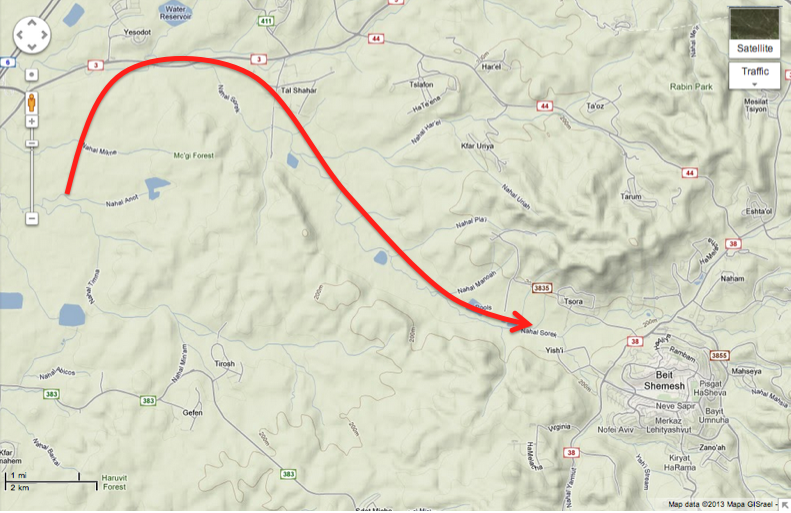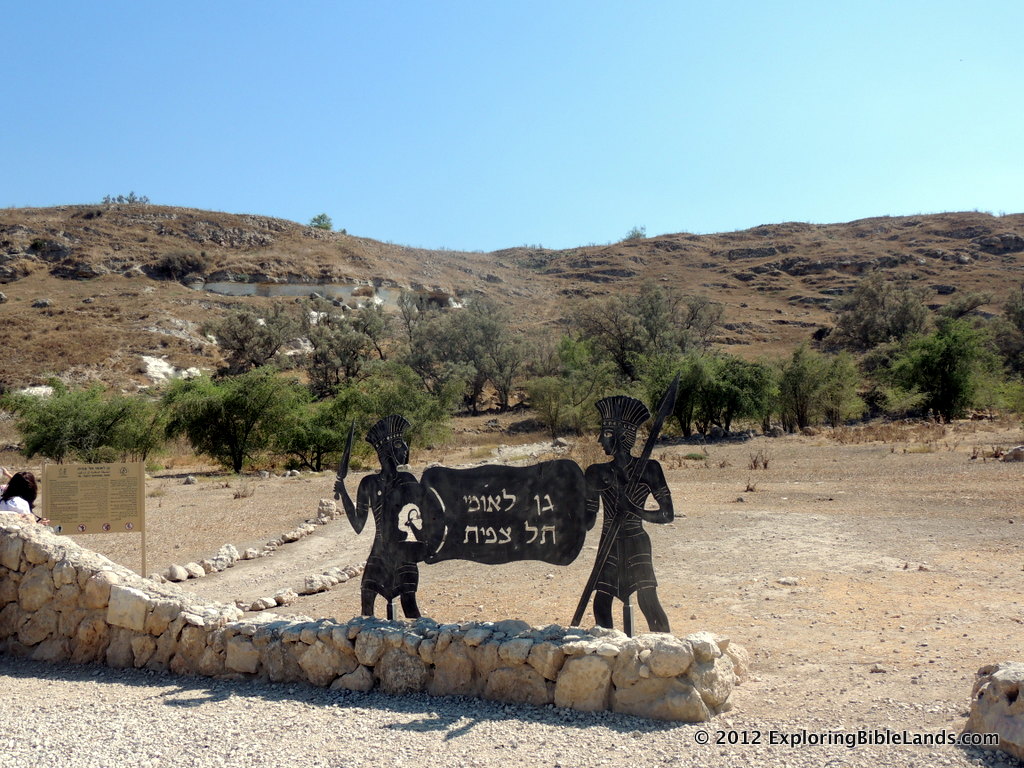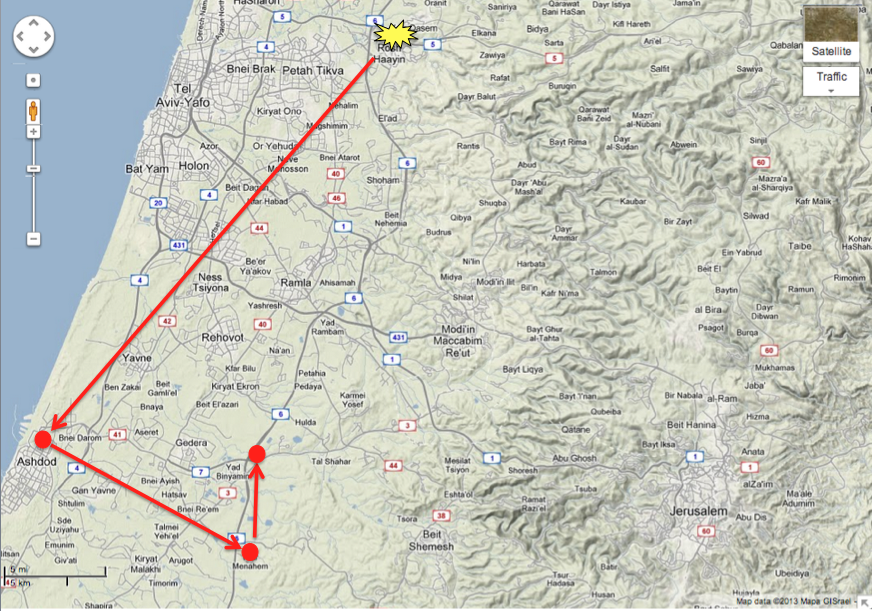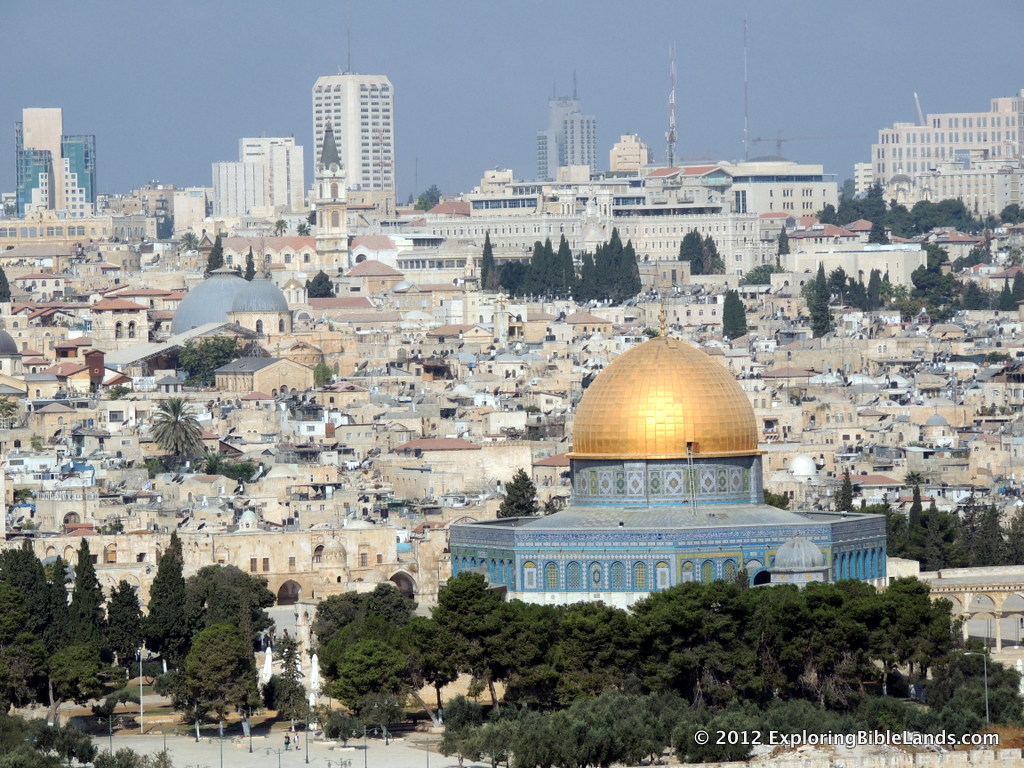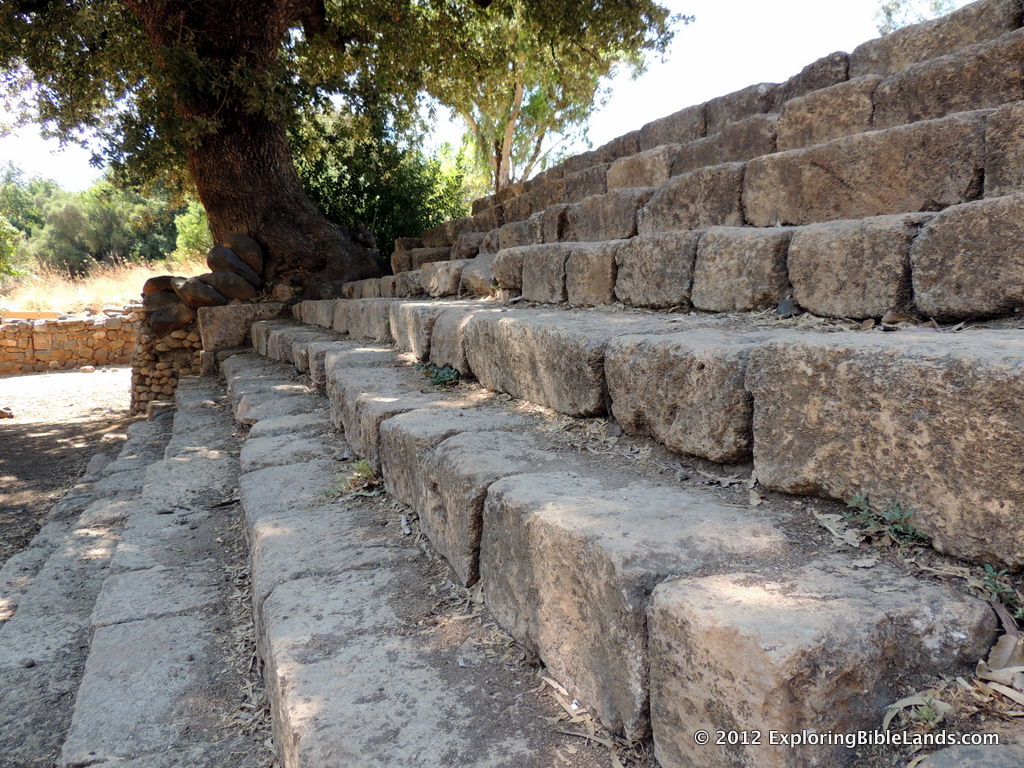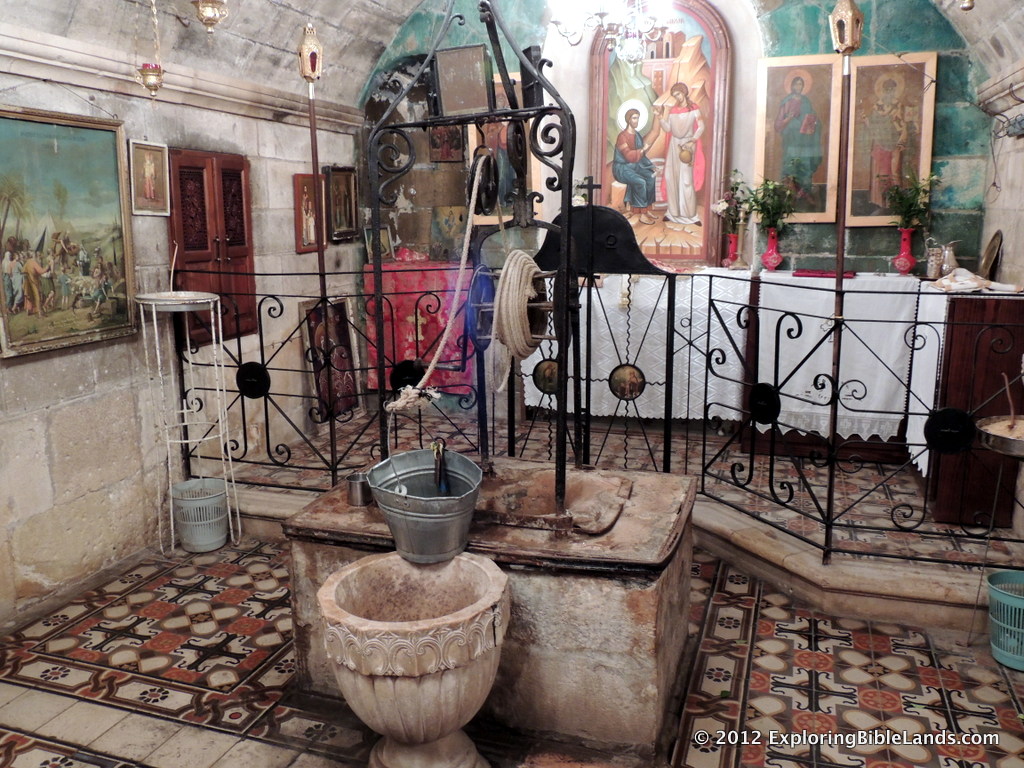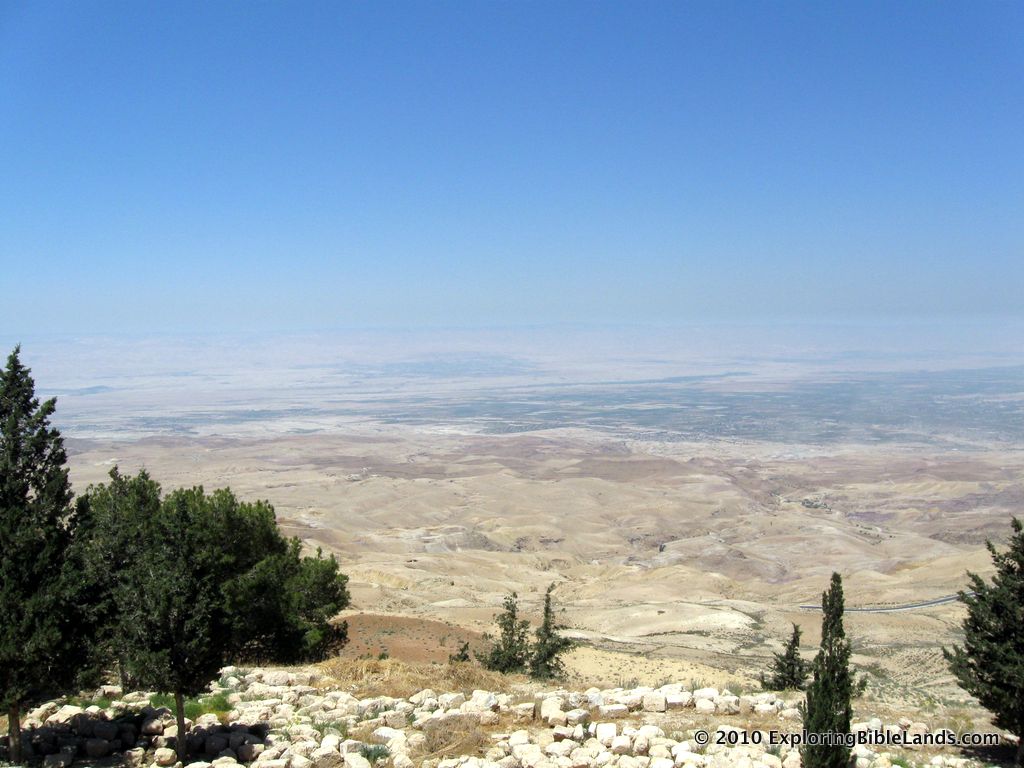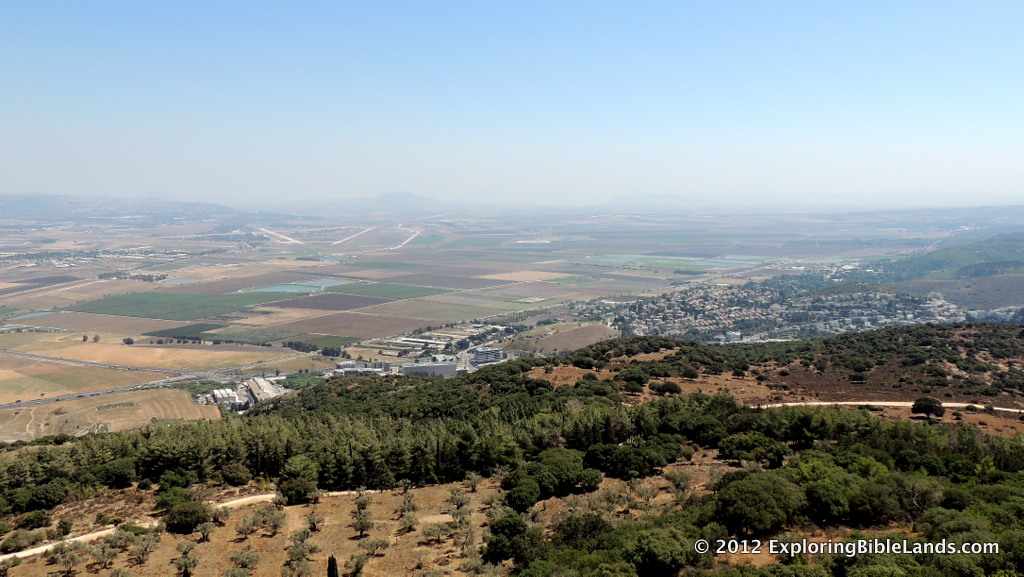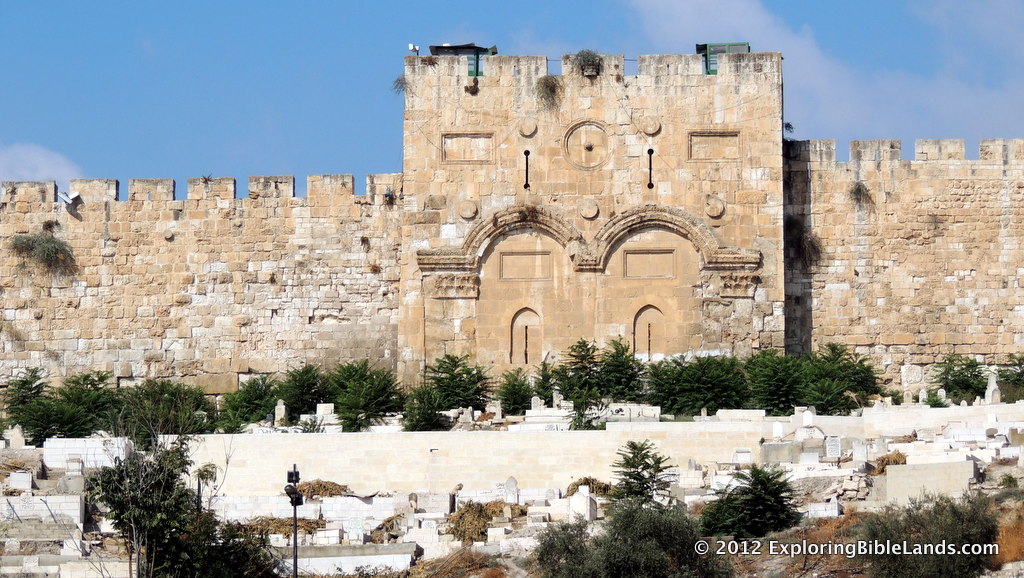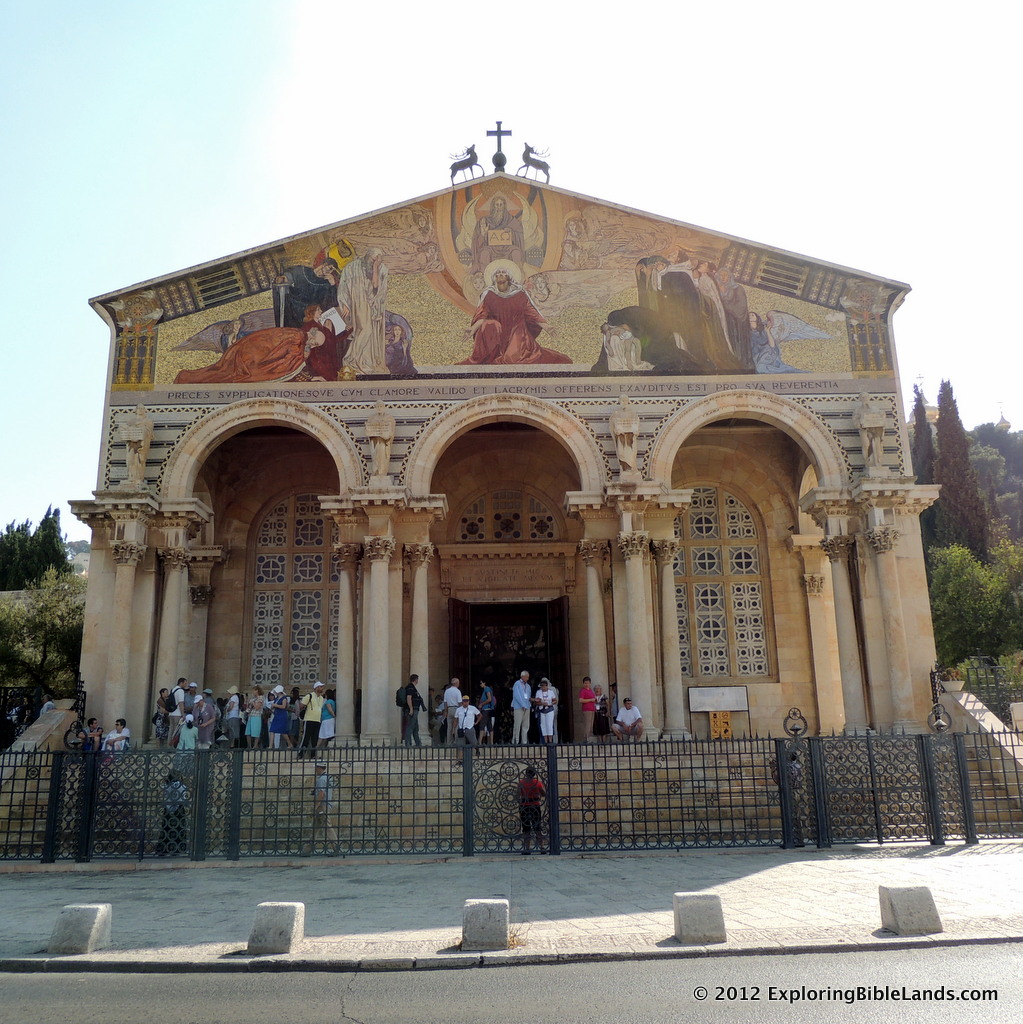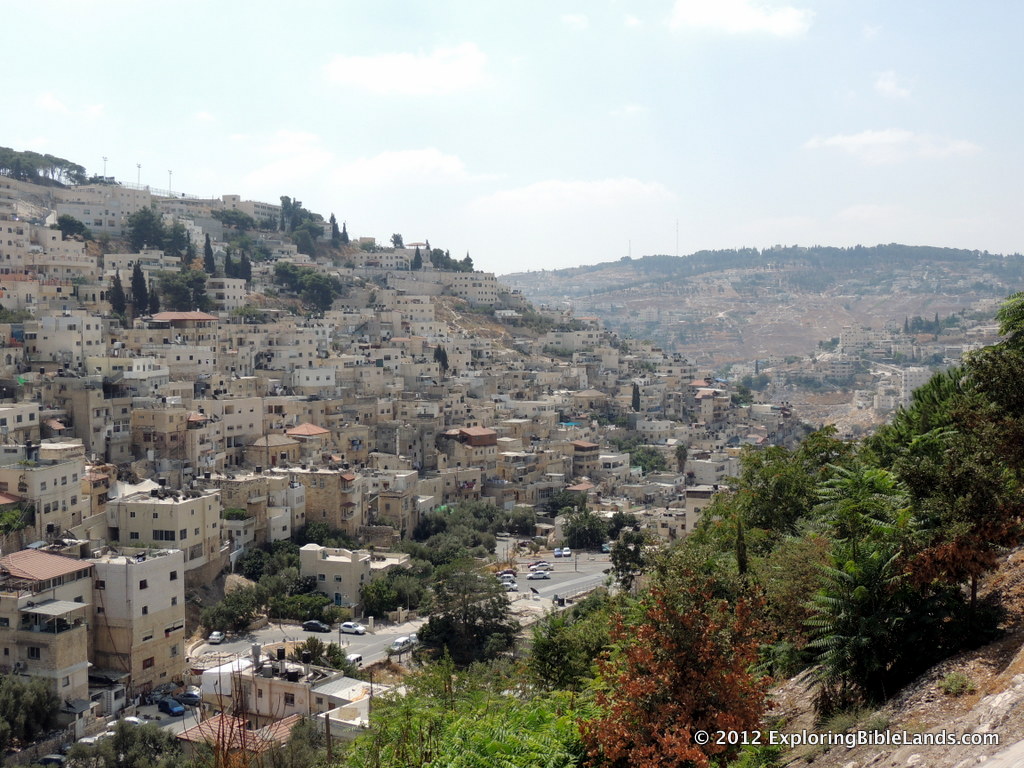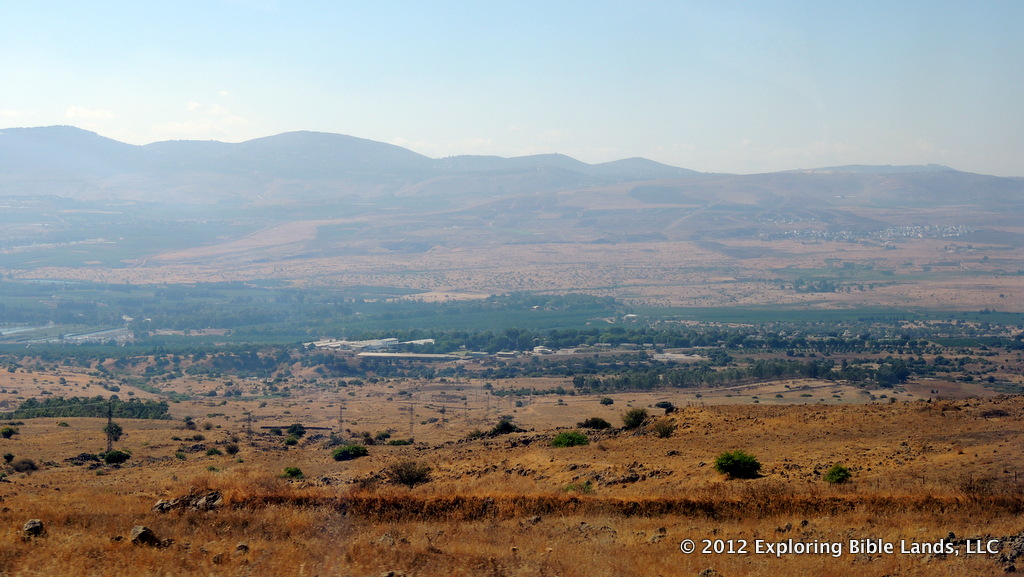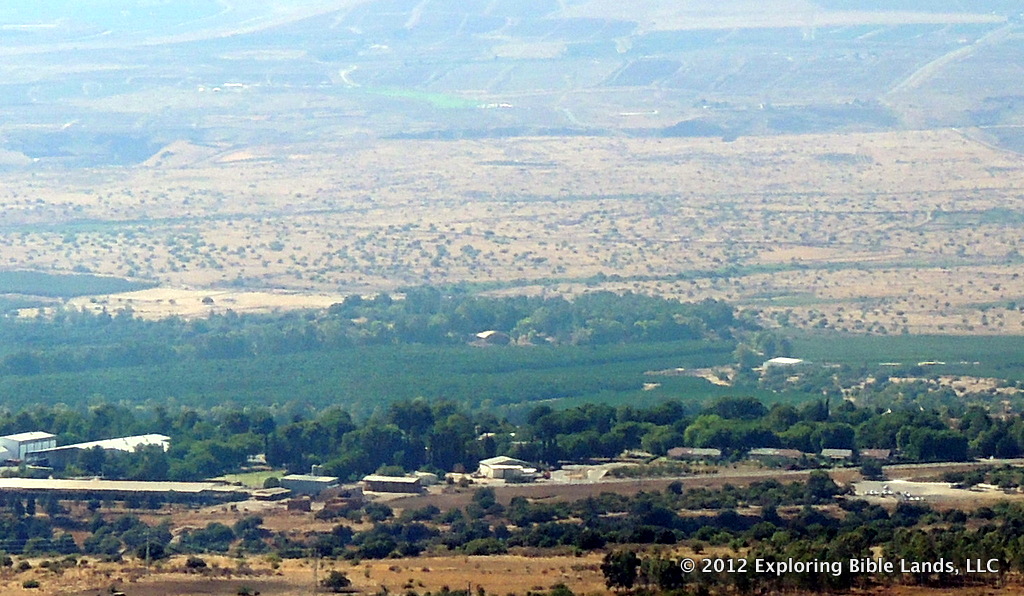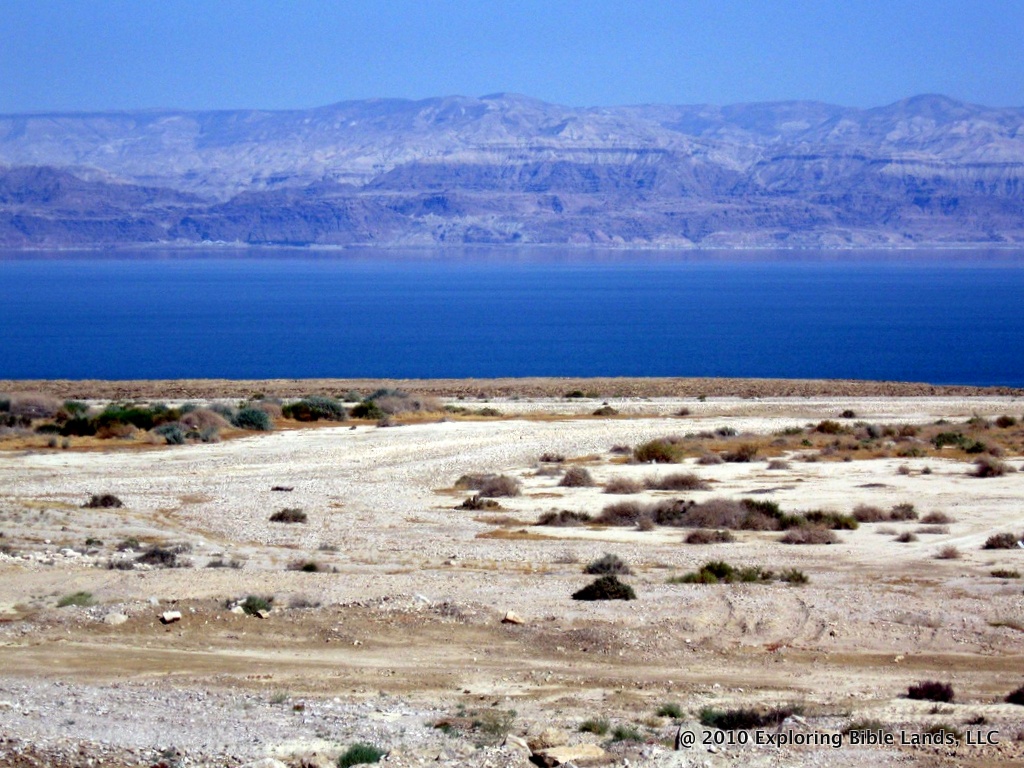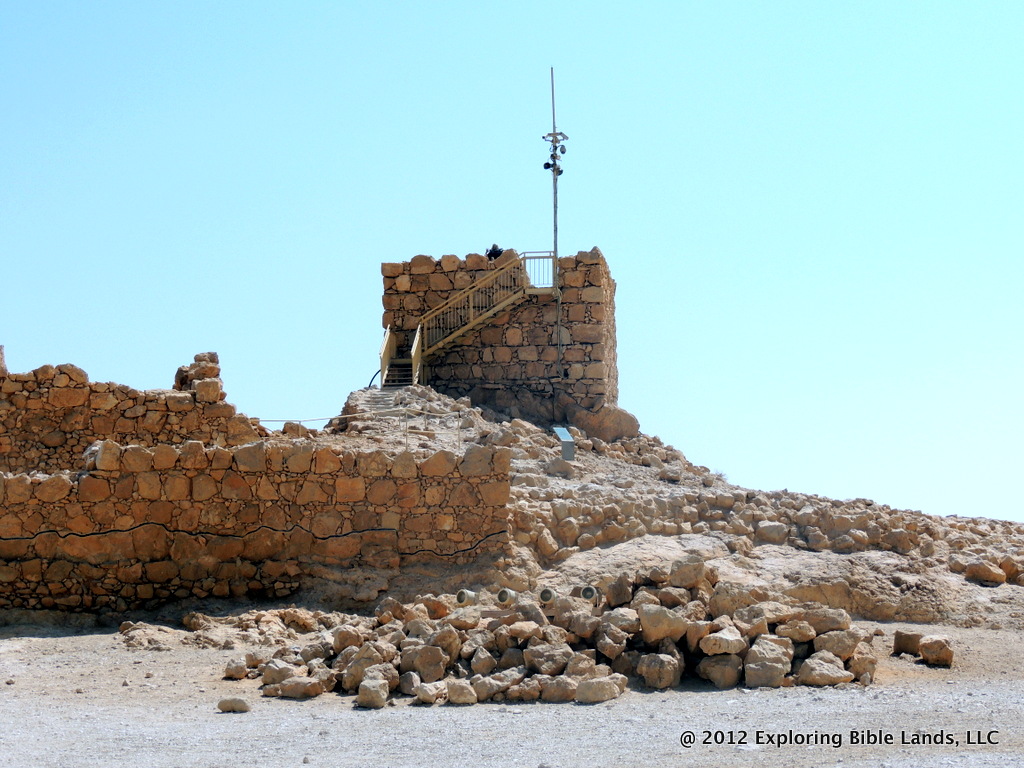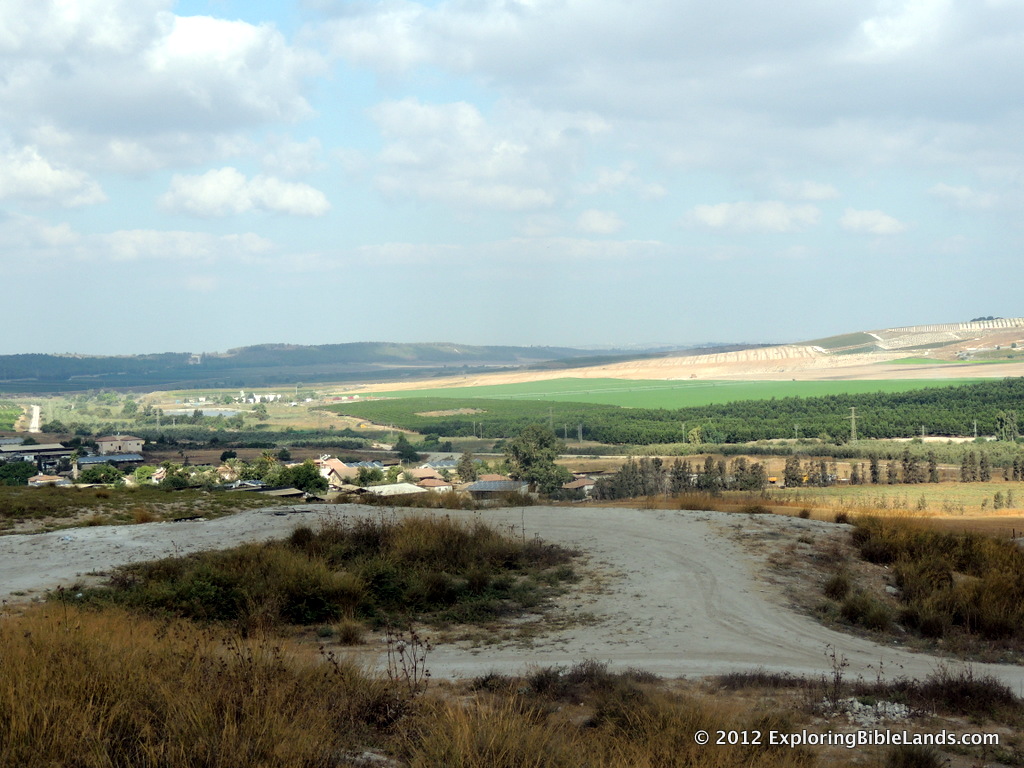 NOTE: This is seventh story in a series of posts following locations where the Ark of the Covenant visited. Other places we have visited include the Plains of Moab, the Jordan River, Jericho, Mount Ebal and Mount Gerizim, Shiloh and the Land of the Philistines.
For seven months, the Ark of the Covenant plagued the Philistines. Consequently, no one wanted the Ark and it was passed between the cities of Ashdod, Gath and Ekron. Finally, they decided that the only way to rid themselves of the tumors was to return the Ark to the Israelites.
NOTE: This is seventh story in a series of posts following locations where the Ark of the Covenant visited. Other places we have visited include the Plains of Moab, the Jordan River, Jericho, Mount Ebal and Mount Gerizim, Shiloh and the Land of the Philistines.
For seven months, the Ark of the Covenant plagued the Philistines. Consequently, no one wanted the Ark and it was passed between the cities of Ashdod, Gath and Ekron. Finally, they decided that the only way to rid themselves of the tumors was to return the Ark to the Israelites.
And the Philistines called for the priests and the diviners, saying, “What shall we do with the ark of the Lord? Tell us how we should send it to its place.” So they said, “If you send away the ark of the God of Israel, do not send it empty; but by all means return it to Him with a trespass offering. Then you will be healed, and it will be known to you why His hand is not removed from you.” - 1 Samuel 6:2-3
So, the Philistines loaded the Ark onto a cart pulled by two milk cows and sent it down through the Sorek Valley toward the Israelite city of Beth Shemesh. Along with it, they included a chest that had five golden tumors and some golden rats to represent the plague that had been wrought upon them. As the cows and cart neared Beth Shemesh, the people were in the valley working in the fields and saw it coming.
Now the people of Beth Shemesh were reaping their wheat harvest in the valley; and they lifted their eyes and saw the ark, and rejoiced to see it. Then the cart came into the field of Joshua of Beth Shemesh, and stood there; a large stone was there. So they split the wood of the cart and offered the cows as a burnt offering to the Lord. The Levites took down the ark of the Lord and the chest that was with it, in which were the articles of gold, and put them on the large stone. Then the men of Beth Shemesh offered burnt offerings and made sacrifices the same day to the Lord. - 1 Samuel 6:13-15
This section of the Sorek Valley runs basically east to west through the Shephalah. It is also mentioned a couple of other times in the Bible.
- It served as a portion of the boundary between the Tribe of Dan and the land of the Philistines.
- Samson's first wife came from Timnah, which sat in the western end of the valley (Judges 14:1-3)
- Another one of Samson's wives, Delilah, lived in the Sorek Valley. (Judges 16:4)


